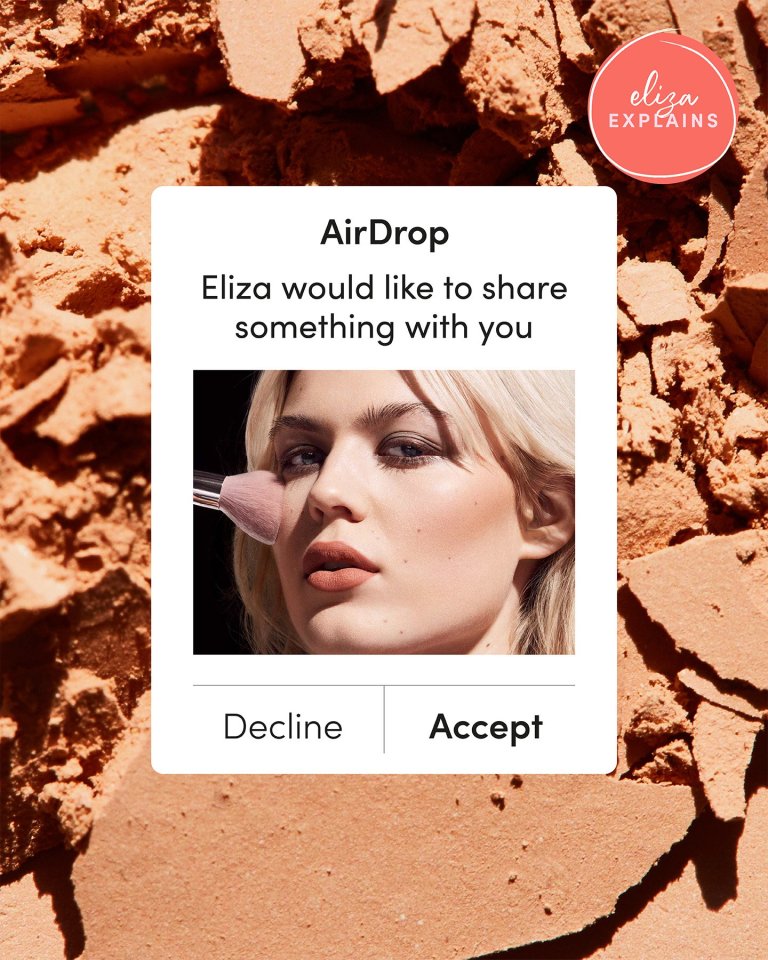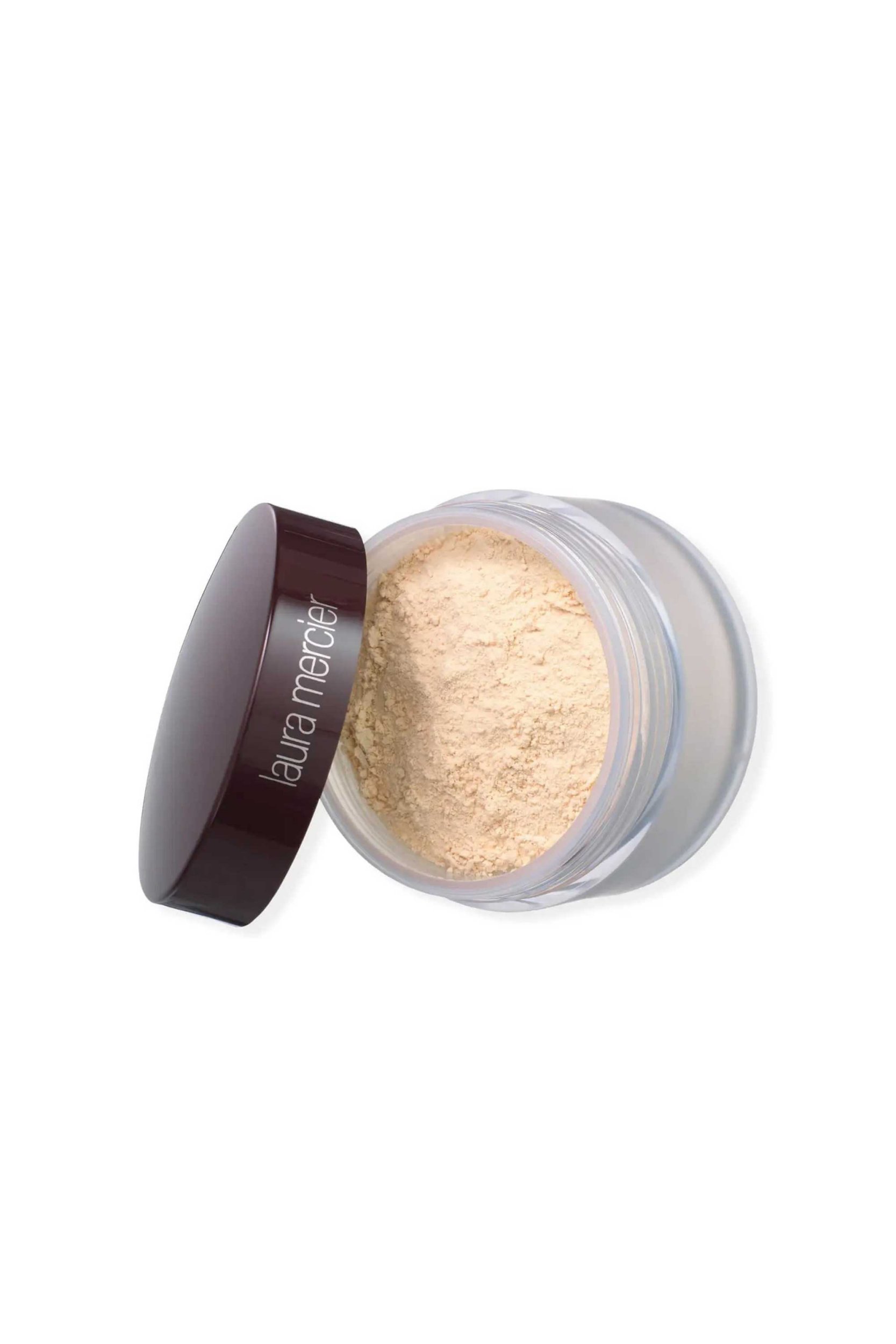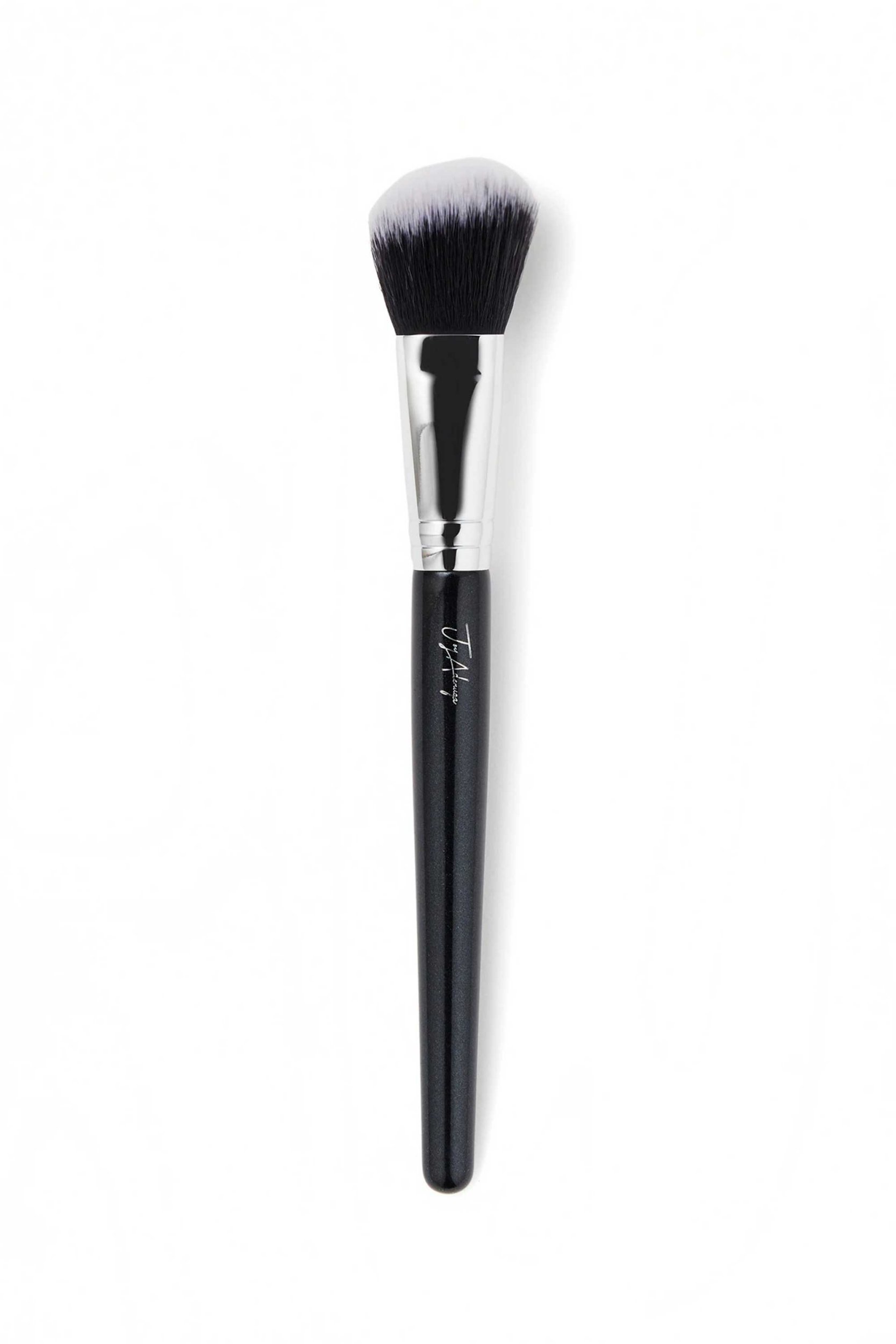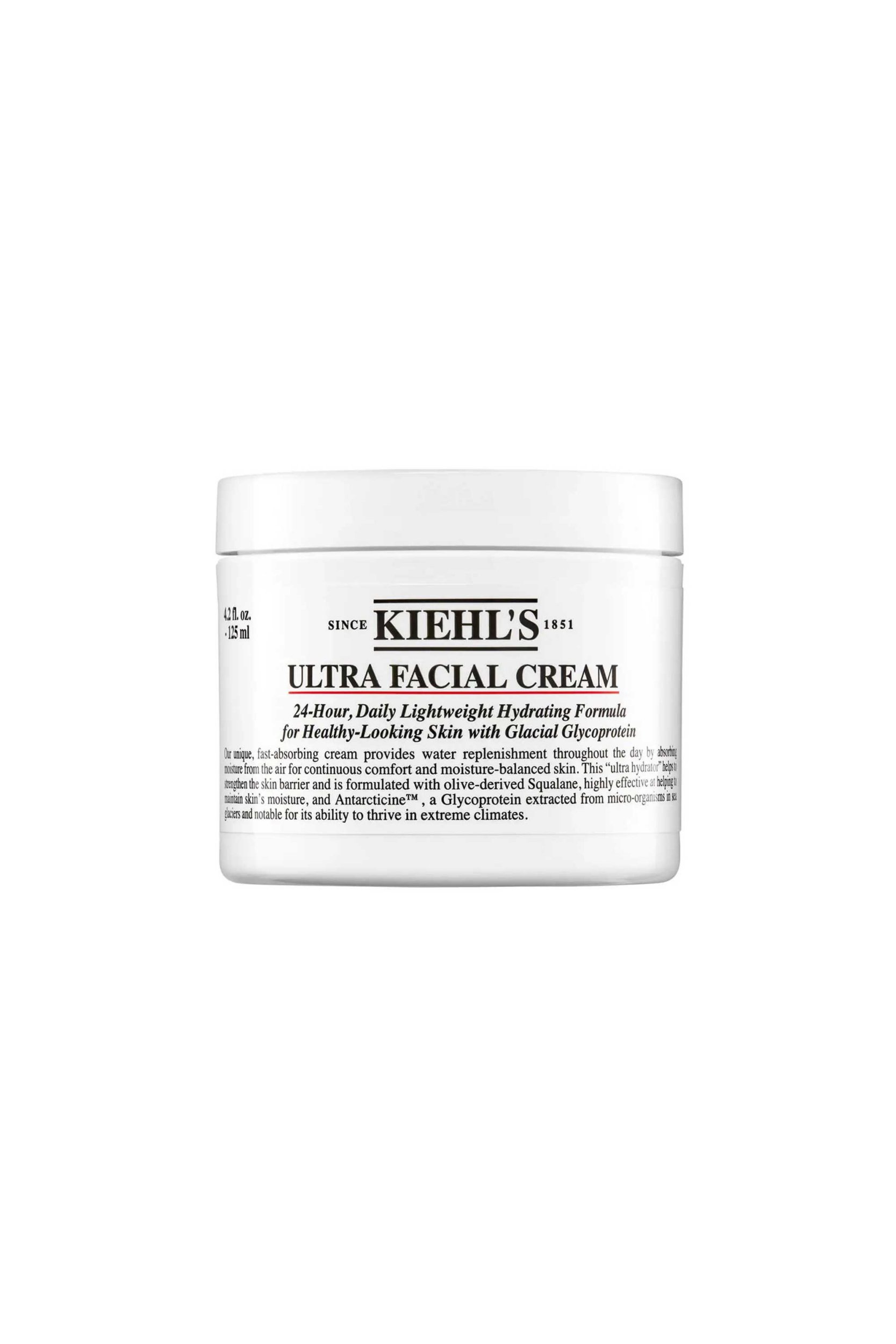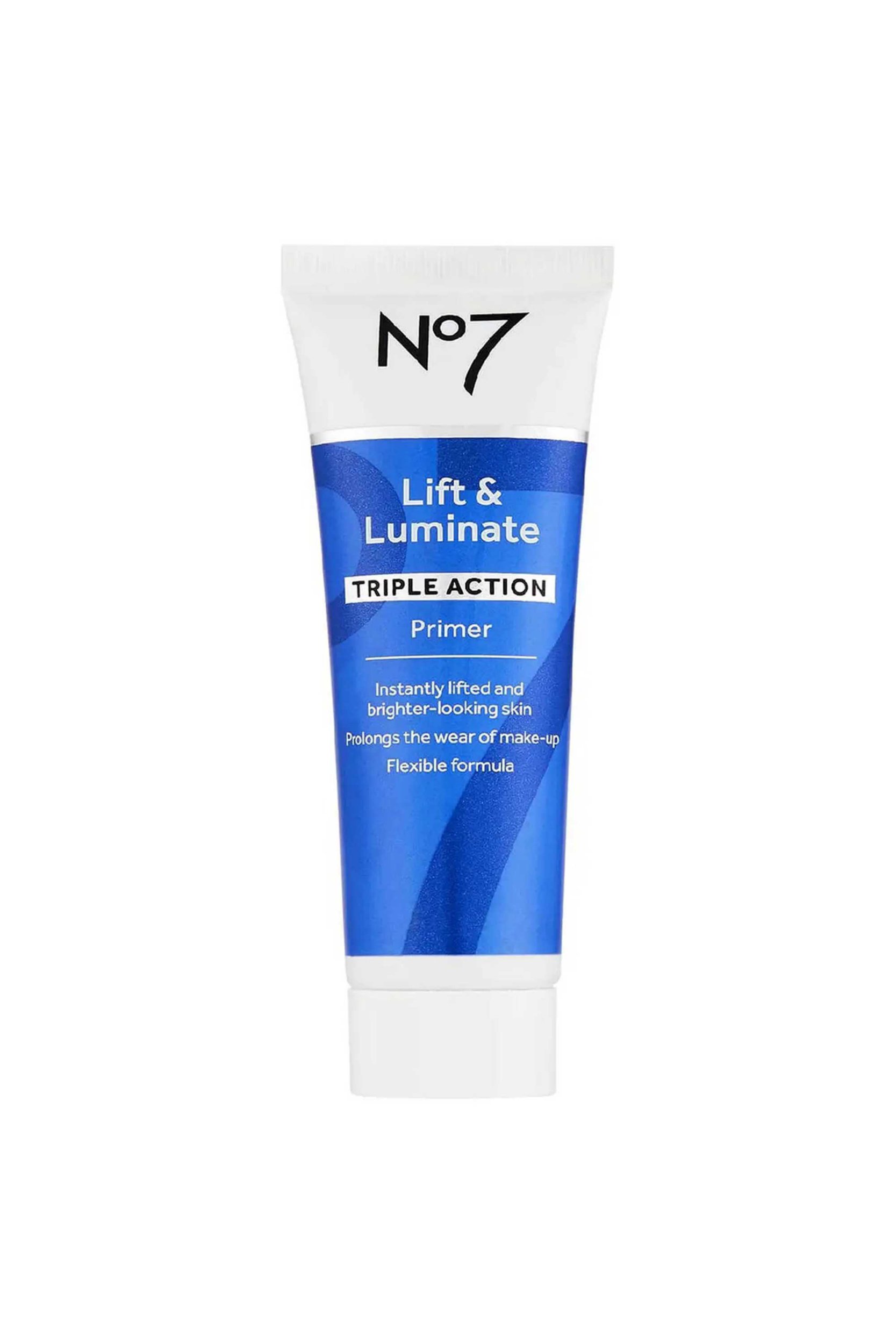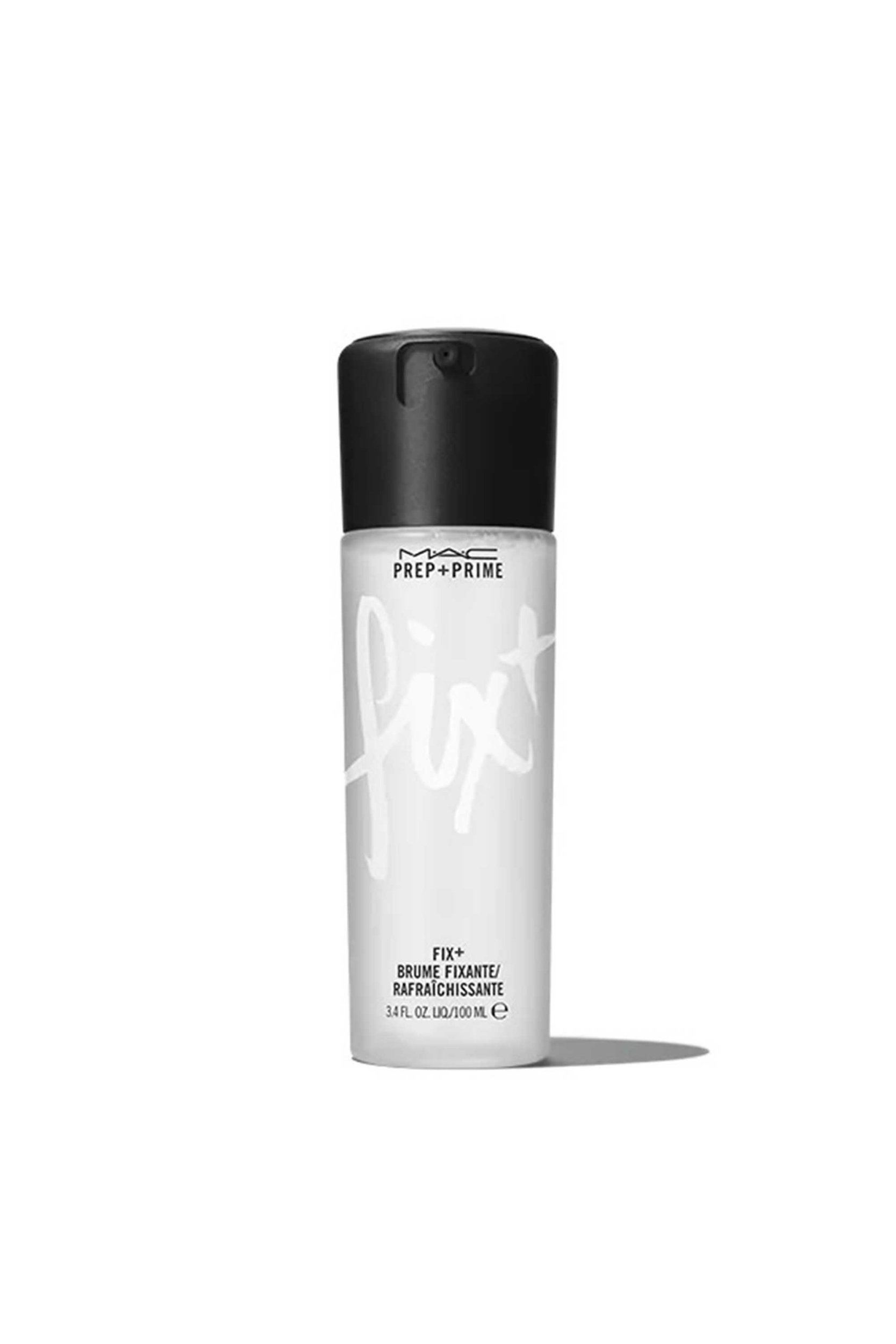Demystifying ingredients, clarifying how to apply products and revealing everything you’ve always wanted to know about skin types; Eliza Explains will help you become a beauty pro.
Let’s be honest: for many of us, the goal is to glow. It’s hard to deny that over the past few years, dewy, natural skin has taken a front seat when it comes to universal makeup trends. While ‘contour,’ ‘highlighting’ and ‘baking’ were the buzzwords a few years ago, now everybody is looking for that ‘lit from within’ type of radiance.
But glowy makeup tends not to be the most long-lasting, and you might find your natural shine peeking through a few hours into your day.
As someone with an oily skin type, I really want to embrace radiance, but it’s hard when your complexion appears more like a beacon in a lighthouse than healthy illumination, so I have no choice but to use a setting powder to mattify my skin.
However, while previously I would pretty much coat my face in a hyper-matte powder to stop any shine coming through, I’m now super selective with my powder choice and the method I use to apply it…after much trial and error that is.
Here are the tips and tricks I’ve picked up over the years that have helped the way I set my makeup.
Where should I apply setting powder?
These days, certain techniques reign supreme when it comes to modern application. The pinpoint method, which makeup artist Nikki DeRoest advocates for, is a fresh way to powder by setting only the zones that oil tends to break through. In her Instagram tutorial, she starts by gently powdering between her eyebrows, before moving onto her forehead but stopping before her temples to allow the glow to shine through where the sun hits.
How do I do pinpoint powdering?
To follow her lead, take the powder around the corners of your nose and onto your chin too, as these tend to emit shine by the end of the day. For this, you want to use a translucent powder and a small fluffy brush like the Laura Mercier Translucent Loose Setting Powder, £33.50 and the Joy Adenuga Little Mama Brush, 13.50.
Together, this duo will target only the area you need to mattify, leaving the glow from your base in situ. Using a coloured powder with this method can at best make your skin look overly mattified, and at worst leave your base looking patchy if the shades don’t match exactly; so for these reasons, it’s best to avoid.
Does powder go on before or after foundation?
“Your powder should always be one of the last products you apply,” says Joy Adenuga, No7 Makeup Ambassador.
A loose translucent powder on top of your look is the quickest and most effective way to set your makeup in the morning, but it’s not the only way to use it.
Not too long ago, there was a trend that saw makeup fans apply powder straight after priming and before your other base products, effectively setting your primer and creating a smooth base for your makeup look. It’s a technique that does make your look last longer but if you’re aiming for a naturally dewy base, it’s one to avoid as it creates an almost HD effect with a perfect finish – good for pictures and videos but less appealing for everyday looks.
In short, I recommend sticking to Joy’s advice.
How to prep your skin for powder
Dry skin and powder? Sounds like a recipe for a tight, patchy finish, right?! If you have drier skin, you probably don’t need to layer on too much powder throughout the day, but setting your makeup in the AM is important for all skin types. So how can you prep skin to ensure you get the best finish?
“When you have dry skin, it’s crucial to ensure your skin is plumped and moisturised before applying makeup,” says Adenuga. “So, my best advice would be to invest in a good moisturiser and primer before applying powder.” For the best finish, arm your beauty bags with a day cream such as the Kiehls’ Ultra Facial Cream, £49.50 and the No7 Lift & Luminate Triple Action Primer, £16.95.
When in the day should I powder my face?
Powder once in the morning to set the key areas such as your under-eyes, nose and chin. “Apply the powder with a brush so you can layer on and create a natural finish. If you overdo it, you can always apply a hydrating mist to soften,” says Adenuga. Mist with a setting spray infused with hydrating properties like Mac Fix+, £24. This will ensure your skin still has a juicy bounce to it and your makeup stays put all day. Result.
How should I touch up powder during the day?
If you’ve noticed some shine peeking through during the day, pressing in a light layer of powder will quickly take this down. Focus on the forehead, around the nose, and the chin for powdering on the go, as the under-eyes tend to not need further setting, and too much powder will lead to your concealer settling.
Compacts have really evolved since the years of chalky talc-laden formulas and nowadays, there are so many to pick from to pop into your bag and powder on the go. I always opt for a translucent powder for touch-ups as they tend to layer the best.
When it comes to tools to keep in your bag, a little brush will evenly distribute the powder better than a puff or sponge, which can lead to heavy-handed application on the move. A tapered design like the NARS Precision Powder Brush, £35 is great for applying without loading on too much and for blending evenly.
Take a look at our 6 of the best setting powders to try now here.
[INTERNAL INK TO NEW 6OTB]
